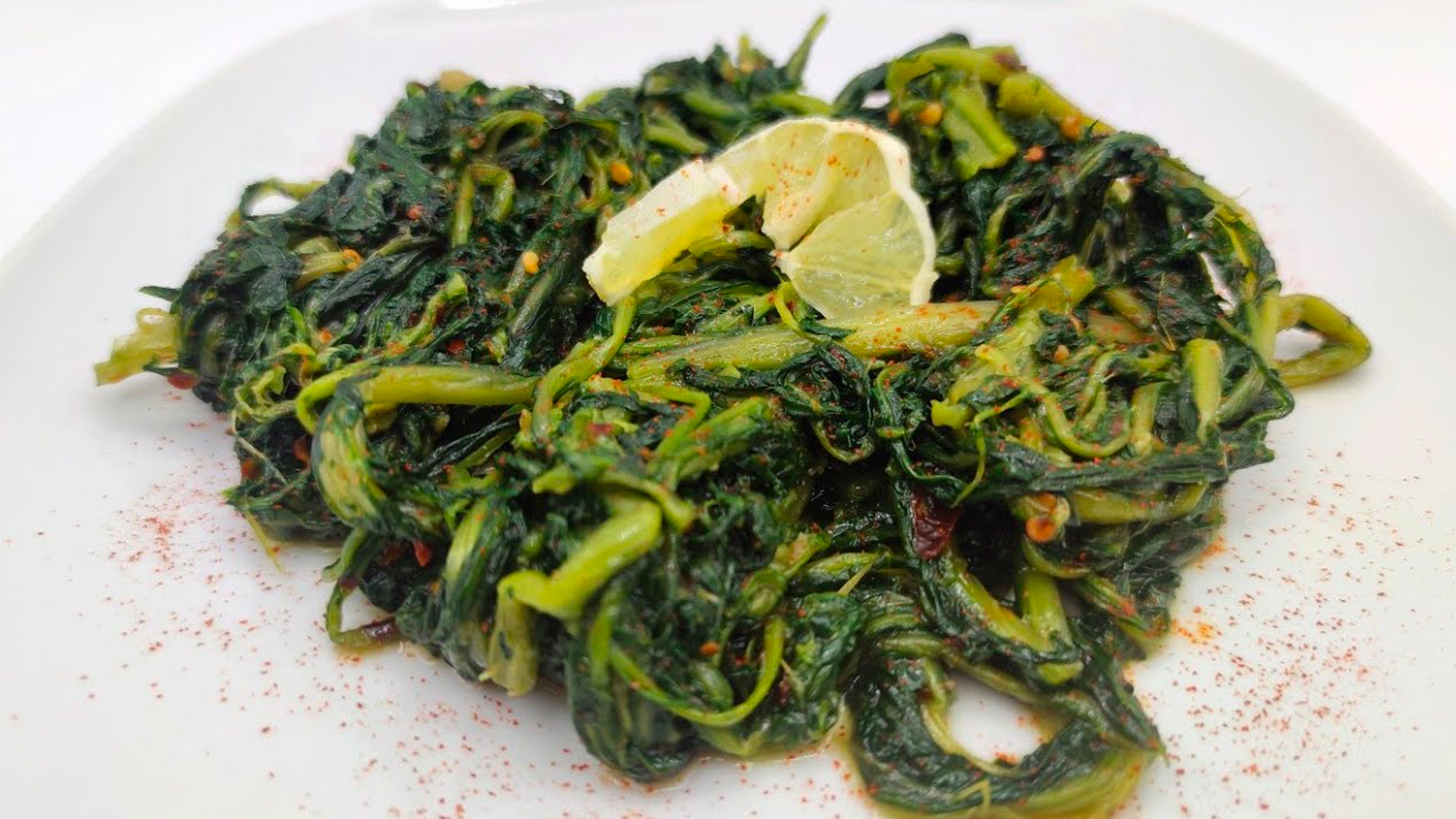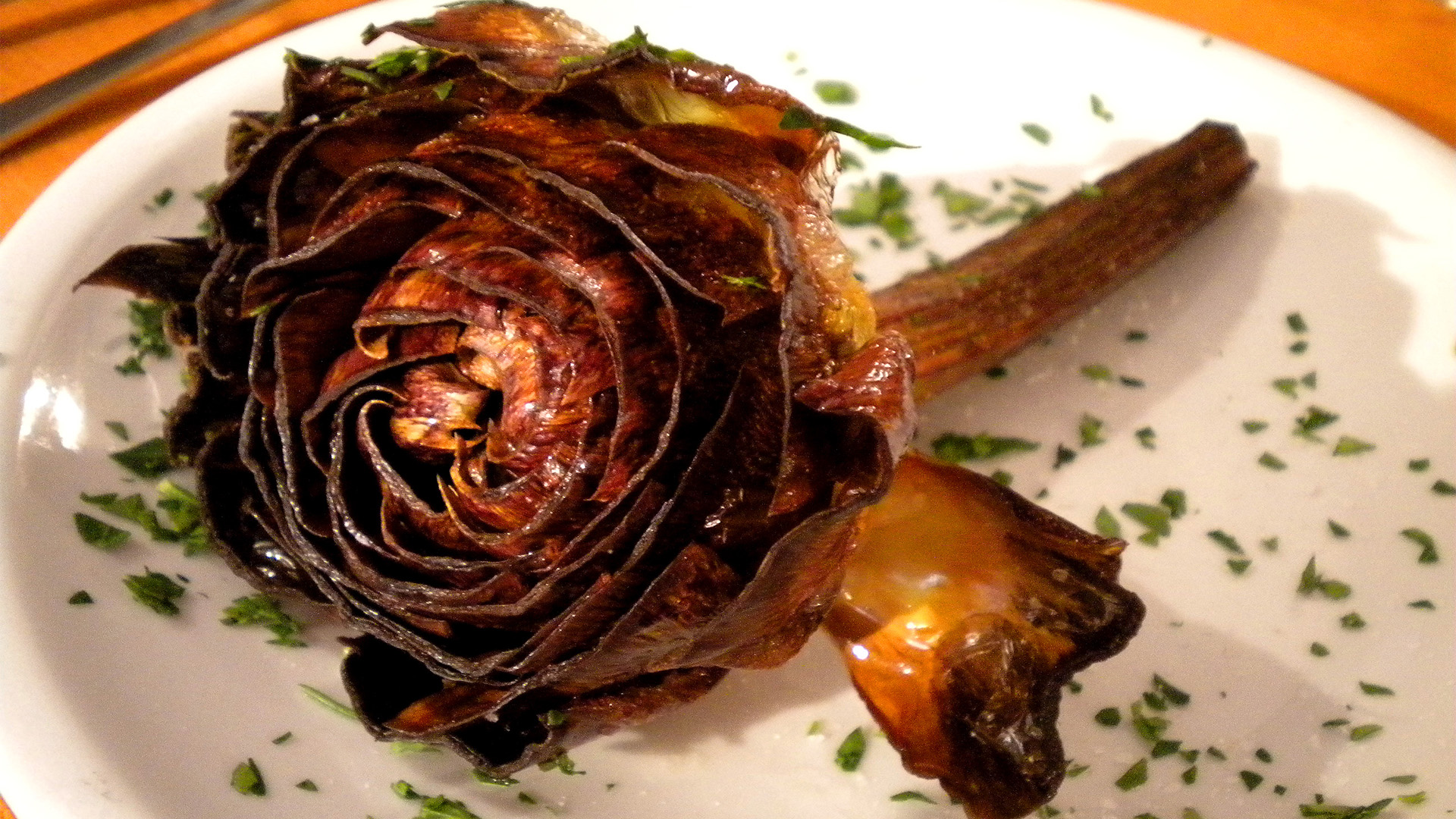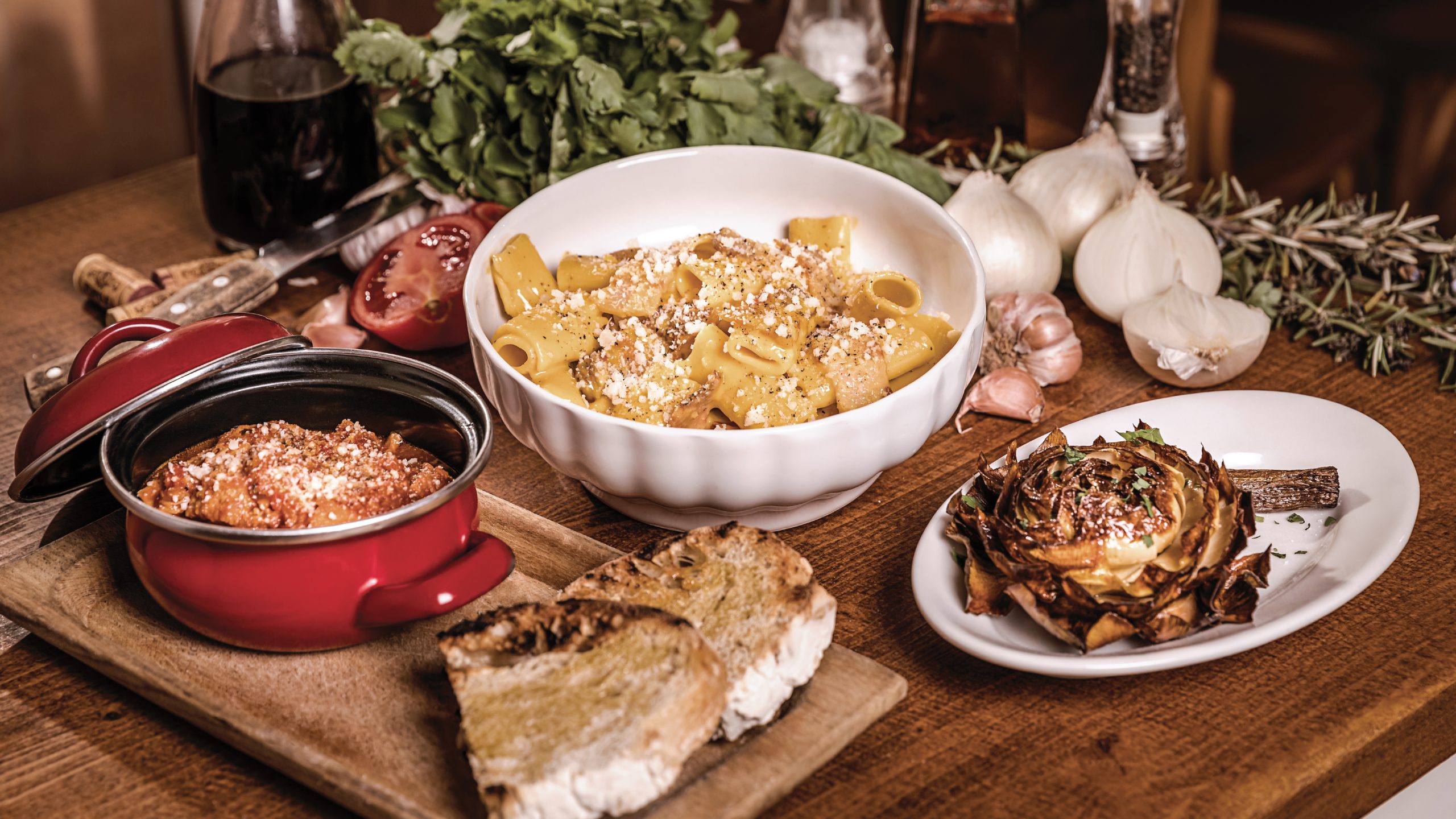It’s no secret that Rome is home to thin, crispy pizzas that can be eaten whole, even on a hot summer’s day, without feeling lethargically full, and to the holy trinity of pastas: carbonara, amatriciana, and gricia. But the Eternal City’s cuisine goes beyond these classic dishes and includes historic and hearty meat and vegetable plates that are just as delicious.
These are four traditional Roman dishes you need to try on your next trip to Rome if you want to eat as the Romans do. Buon appetito!
Trippa alla Romana (Roman Tripe)

Trippa alla Romana is a staple of Rome’s quinto quarto, meaning fifth-quarters, the interior of the animals that were considered to be undesirable by the city’s upper and middle classes, and therefore given to the poorer members. In other words, it is a poor man’s dish, born out of a need to make something hearty and nutritious out of the poorer cuts of meat.
Coda alla Vaccinara (Oxtail Stew)

Also part of Rome’s fifth-quarters, coda alla vaccinara is a tender meat stew. The oxtail is slow-cooked in a rich tomato sauce, onions, carrots, celery, and wine for at least four hours until the meat is tenderized and falls off the bone.
Cicoria Ripassata (Sauteed Chicory)

Surprise! The Romans actually enjoy greens with their dishes of pasta, meat stews, and tripe. Vegetables are actually quite important to the local cuisine and are usually ordered as a contorno, a side, with a secondo piatto, a second dish usually centered around meat or fish.
Cicoria is a green, weed-like leaf from the dandelion family. The dish is called ripassata, which roughly translates to “looked over,” because the leaf is cooked twice. It is first boiled and then fried in hot oil with copious amounts of garlic and chili to create a side dish that is light and extremely flavorful.Carciofi alla Romana e alla Giudia (Roman and Jewish Artichokes)

Artichokes are popular in Roman cuisine, so much so that there are two distinct ways to cook and eat the vegetable. Carciofi alla Romana, or Roman artichokes, are served whole. Prior to cooking, they are split open, filled with mint, garlic, and parsley, and then steamed in a mixture of olive oil and white wine that leaves the artichoke tender and spiced.
Carciofi alla Giudia, or Jewish artichokes, are most prominently associated with the city’s historic Jewish ghetto. The vegetable is flatted so that its leaves spread open like a blooming flower and then deep fried. Also traditionally served whole, the result is a crispy artichoke with leaves that can be picked off and eaten like french fries.
Asia London Palomba
Asia London Palomba is a trilingual freelance journalist from Rome, Italy. In the past, her work on culture, travel, and history has been published in The Boston Globe, Atlas Obscura, The Christian Science Monitor, and Grub Street, New York Magazine's food section. In her free time, Asia enjoys traveling home to Italy to spend time with family and friends, drinking Hugo Spritzes, and making her nonna's homemade cavatelli.

